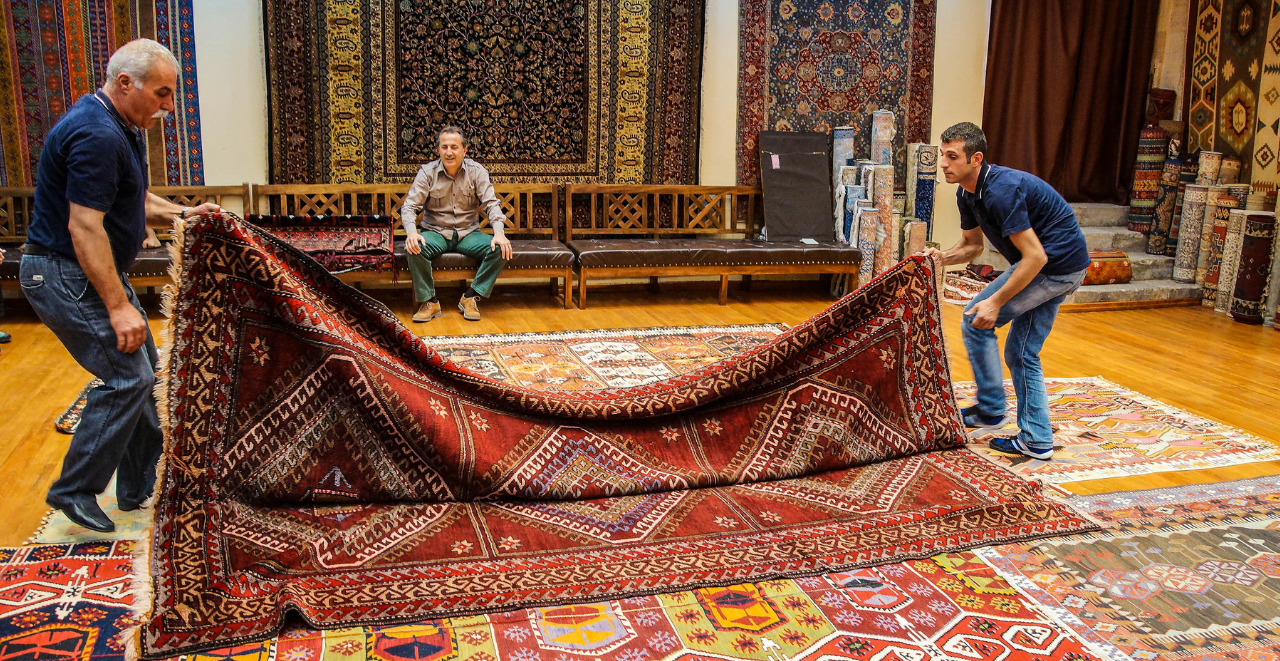Imagine stepping into a room where the floor feels like a soft embrace, cushioning your every step. That sensation comes from a well-installed carpet with the perfect underlay. This comfort and luxury can transform any space, making it inviting and warm. For interior designers, architects, room makeover enthusiasts, showroom owners, and moms looking to create a cozy haven for their families, mastering the art of carpet installation and underlay is essential.
Table of Contents
Carpet Installation and Underlay: Why They Matter
When it comes to interior design, the flooring sets the tone for the entire space. Carpet installation and underlay play a crucial role in both aesthetics and functionality. A well-chosen carpet adds color, texture, and warmth, while the right underlay ensures comfort and extends the life of the carpet. Statistics show that homes with well-installed carpets can increase their market value by up to 10% .
The Importance of Underlay
Underlay might be hidden beneath the carpet, but its impact is far-reaching. It acts as a buffer, absorbing foot traffic impacts and reducing wear and tear on the carpet above. Additionally, underlay improves insulation, making rooms warmer in winter and cooler in summer. This not only enhances comfort but also contributes to energy savings. Research indicates that a good quality underlay can extend the life of a carpet by 30-50% .
Choosing the Right Carpet and Underlay
Types of Carpets
When selecting a carpet, consider the room’s function, traffic level, and desired style. Popular types of carpets include:
- Cut Pile: Soft and luxurious, ideal for bedrooms and living rooms.
- Loop Pile: Durable and resistant to wear, perfect for high-traffic areas like hallways and family rooms.
- Cut and Loop: A combination that offers unique patterns and textures, suitable for any room.
Types of Underlay
The underlay should complement the carpet type and room usage. Common underlay materials include:
- Foam: Lightweight and affordable, best for areas with light to moderate traffic.
- Rubber: Offers excellent durability and comfort, suitable for high-traffic areas.
- Felt: Provides superior insulation and cushioning, ideal for bedrooms and living rooms.
Step-by-Step Guide to Carpet
Installation and Underlay
Preparing the Room
- Clear the Room: Remove all furniture and ensure the floor is clean and dry.
- Measure the Area: Accurate measurements are crucial for purchasing the right amount of carpet and underlay.
- Remove Old Flooring: If replacing an old carpet, carefully remove it along with any existing underlay.
Installing the Underlay
- Lay the Underlay: Roll out the underlay, ensuring it fits snugly against the edges of the room.
- Secure the Underlay: Use staples or adhesive to fix the underlay to the floor, preventing it from moving.
Installing the Carpet
- Position the Carpet: Lay the carpet over the underlay, aligning it with the room’s edges.
- Trim Excess: Cut away any excess carpet, ensuring a precise fit.
- Secure the Carpet: Use a carpet stretcher to stretch the carpet and secure it to the tack strips along the room’s perimeter.
- Finishing Touches: Trim any remaining excess carpet and tuck the edges neatly under the baseboards.
Artline Creation: Your Partner in Carpet Installation and Underlay
At Artline Creation, we understand the importance of perfect carpet installation and underlay for creating stunning interiors. Our team of experts provides comprehensive guidance and high-quality materials to ensure your projects are a success. Whether you’re an interior designer crafting a luxurious space or a mom designing a cozy family room, we offer solutions tailored to your needs.
Common Challenges and Solutions
Wrinkling and Buckling
Wrinkling can occur if the carpet isn’t properly stretched during installation. Using a power stretcher ensures the carpet is taut and smooth.
Seam Visibility
Seam visibility can be minimized by choosing the right type of carpet and underlay. A thicker underlay can help conceal seams more effectively.
Matching Patterns
When working with patterned carpets, careful planning is essential to ensure the patterns match at the seams. Professional installers often recommend ordering extra carpet to account for pattern matching.
Benefits of Professional Installation
While DIY carpet installation is possible, hiring professionals ensures a flawless finish. Professional installers have the expertise and tools to handle complex installations, saving you time and potential frustration. Additionally, professional installation often comes with a warranty, providing peace of mind that your investment is protected.
Conclusion
Carpet installation and underlay are foundational elements in interior design, offering both aesthetic appeal and functional benefits. By choosing the right materials and following best practices, you can transform any space into a comfortable and stylish haven. Ready to start your next project with confidence? How will you incorporate these tips into your next room makeover?
FAQs
What is the purpose of underlay in carpet installation?
The purpose of underlay in carpet installation is to provide cushioning, improve insulation, and extend the life of the carpet.
How do I choose the right underlay for my carpet?
To choose the right underlay for your carpet, consider the room’s traffic level, desired comfort, and insulation needs.
Can I install carpet and underlay myself?
Yes, you can install carpet and underlay yourself, but hiring professionals ensures a smoother, more durable installation.
How often should underlay be replaced?
Underlay should be replaced every 8-10 years, or whenever you replace your carpet, to ensure continued comfort and support.
What are the benefits of professional carpet installation?
The benefits of professional carpet installation include expert handling of materials, proper stretching, and often a warranty for added peace of mind.

